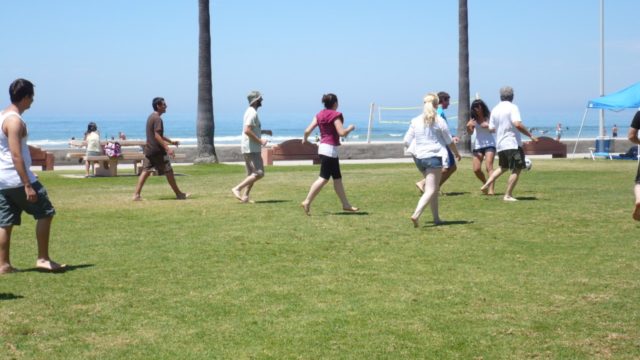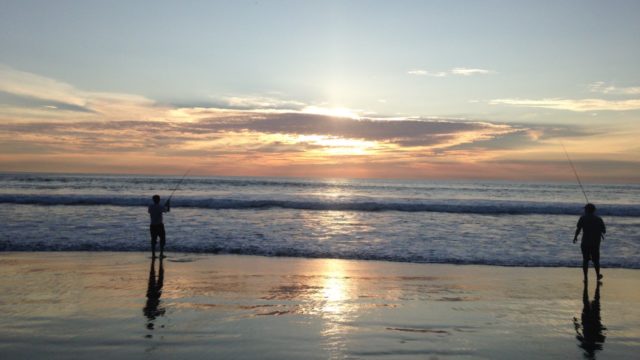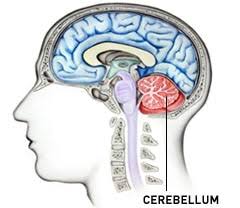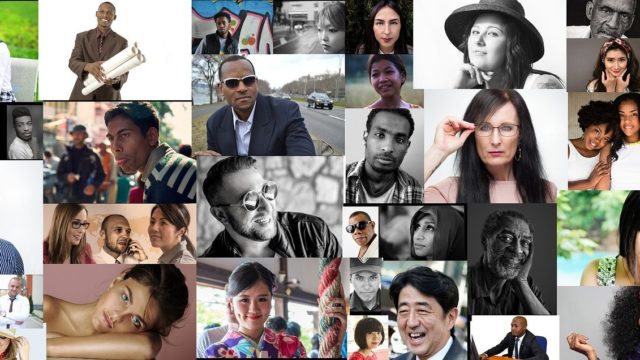We use myths, legends, fables, folktales, fairy tales, and parables as ways to understand momentous and frightening events. Parables speak of ordinary mortals performing sometimes extraordinary actions. In trying to find meaning in the covid-19 pandemic, I searched for an appropriate parable. The closest that springs to mind is the biblical story of David and Goliath. But in this case, the evil character is the small one. So if the moral roles are reversed with covid-19, perhaps the teaching this time is more about humility.
A virus is about 120 nanometers in size, where a nanometer is one-billionth of a meter. There are 25,400,000 nanometers in one inch. If you do the math, it means over 200,000 viruses could crowd into one inch of space. What this suggests is that this pathogen is a very tiny entity. And yet, covid-19, a coronavirus, has brought humankind to its knees. Democracies, dictatorships, and everything in between yielded to the power of this microorganism.
Viruses attach to droplets of saliva when a human coughs or sneezes. Scientists estimate that about 3,000 such beads form a single cough and ten times as many in a sneeze. And the speed at which they race out of the mouth approaches between 50-200 miles per hour. When someone is sick, the droplets in a single cough may contain two hundred million individual virus particles. This number will vary dramatically as the immune system clears out the pathogen.
Covid-19 is infectious and causes respiratory tract problems ranging from mild to lethal. For those already suffering from a respiratory illness, such as asthma, or a compromised immune system, it puts them in a vulnerable category. To date, over 3 million humans throughout the earth experienced coronavirus and close to a quarter million people succumbed to it.
Regardless of how much our ego distorts the accurate image of our character, covid-19 shows us how vulnerable we are to the tiniest of organisms. Despite every society implementing the only tool at their disposal for fighting this invisible enemy, social distancing, it has been an upsetting experience. Social or physical distancing is something contrary to our social nature, yet we followed the recommendations and are seeing the end of the storm. At least for now. But the virus has made crystal clear that although humbling, the one thing we can count on as a species is our inimitable spirit!





